
What is contraception?
Breaking down birth control 💛

Quick summary 📝
1️⃣ Contraception, or birth control, can be used to prevent pregnancy, protect against infection, and regulate periods
2️⃣ There are many types, like barrier methods (e.g. condoms), hormonal options (e.g. the pill), and long-term solutions (e.g. the coil)
3️⃣ Contraception is personal – there’s no one-size-fits-all, so finding the right method for you means understanding your options

Contraception is another way of saying “birth control". It comes in different forms, and depending on what form that is, it can be used to...
👉 prevent unwanted pregnancy
👉 protect against sexually transmitted infections
👉 regulate and help periods
Choosing to use contraception is a personal decision, but understanding your options can help you make the right choice for you.
So, here’s an overview of what forms of contraception there are, and how they work.
Condoms
Condoms are one of the most common contraception methods because they...
👉 Are easy to use
👉 Don't cause side effects
Condoms create a physical barrier that also protects against sexually transmitted infections.
Unlike hormonal contraception (for example, the contraceptive pill), condoms don’t cause side effects like changes in mood, appetite, or skin.
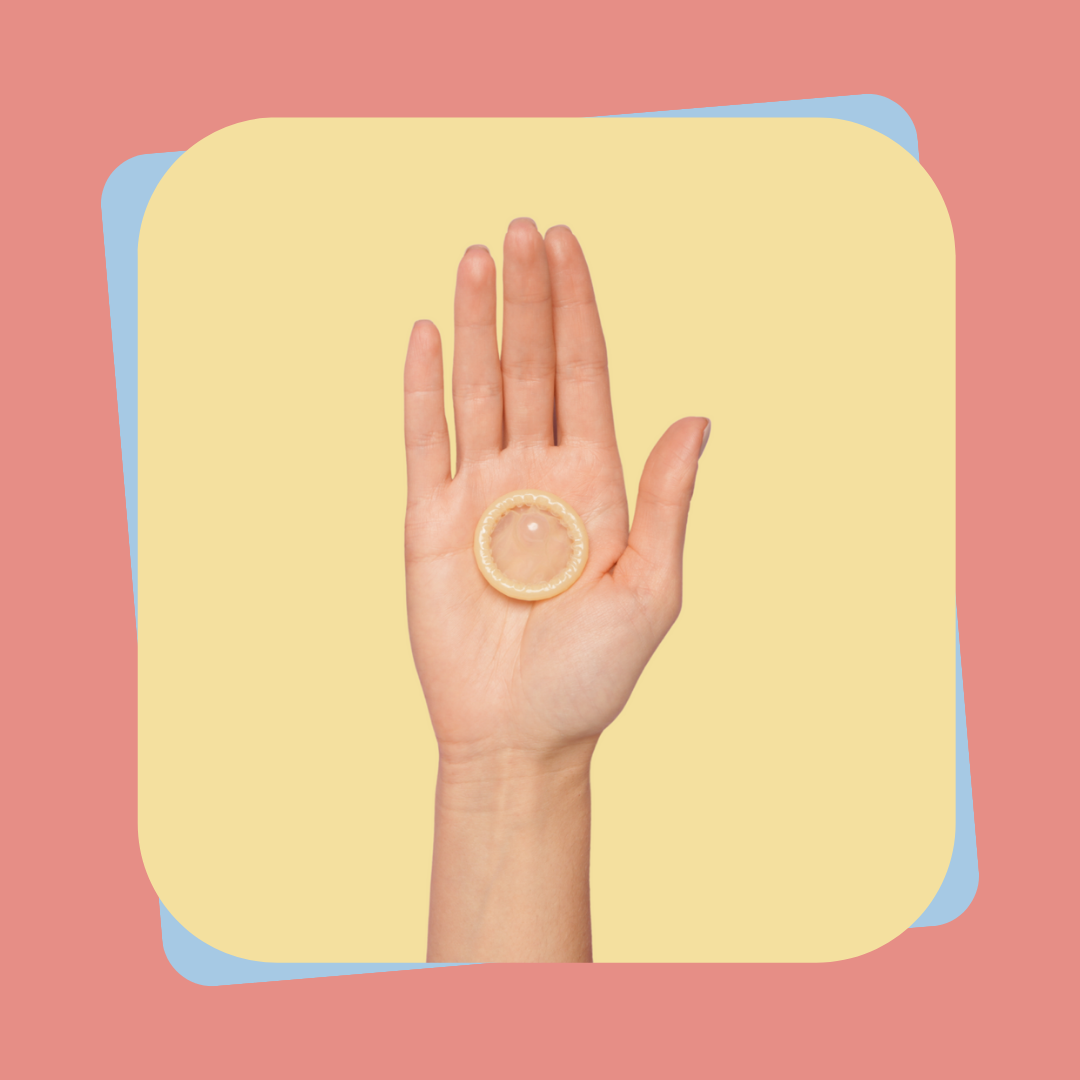
The contraceptive pill
The contraceptive pill is an umbrella term for different types of pills that work by affecting hormones.
These pills...
👉 Stop pregnancy by changing hormone levels (progesterone and oestrogen)
👉 Can also help to regulate periods and even improve acne
👉 May cause side effects like mood swings and breast tenderness (but everyone's different!)
👉 Must be taken reliably to make sure it works correctly
The pill can be a great option, but it’s important to use it responsibly and follow the packet's instructions to make sure it works.
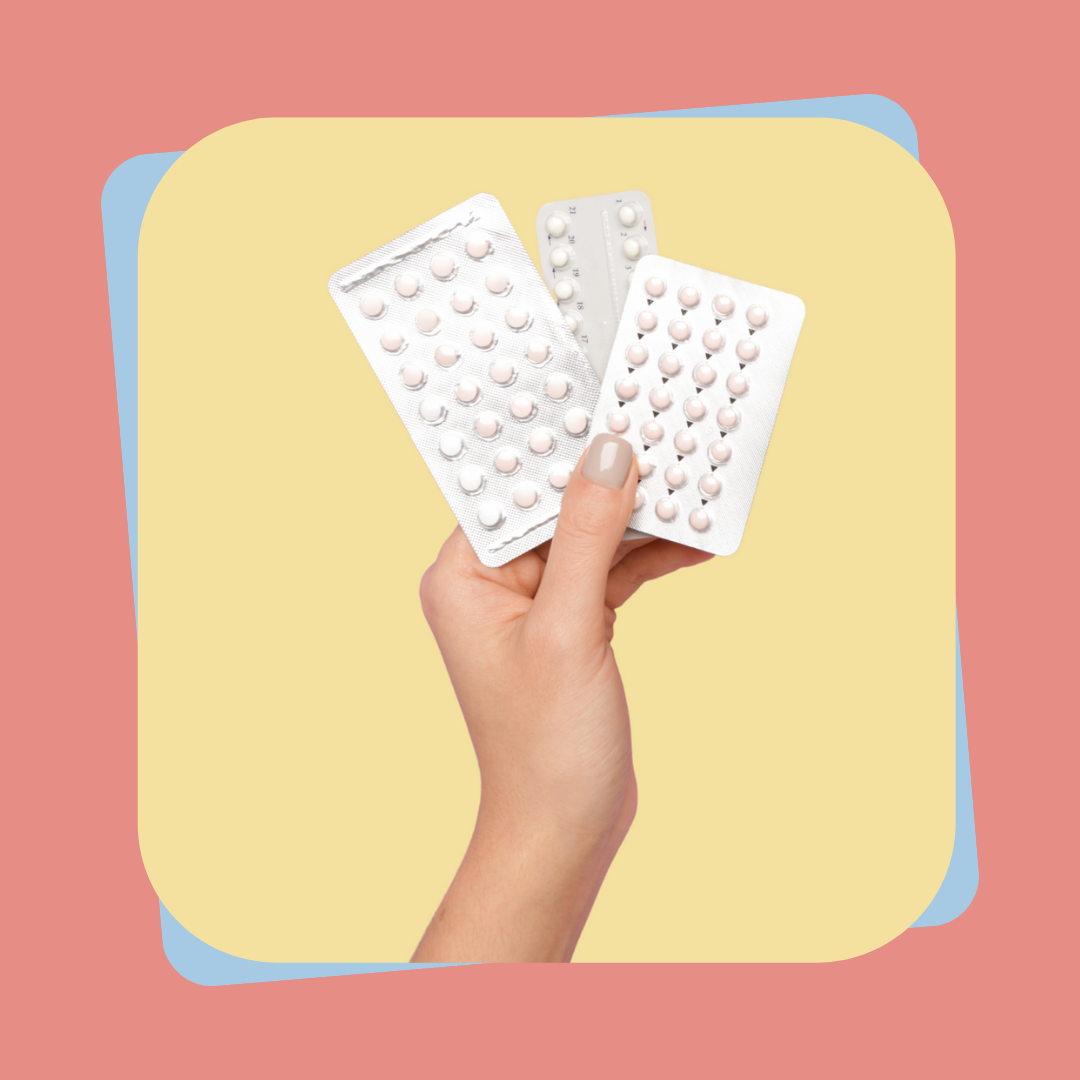
The contraceptive implant
The implant is a small rod placed just under the skin, usually in the arm.
It gradually releases progesterone, which is a hormone that prevents fertilisation (when an egg meets sperm).
👉 Long-lasting – it works for up to 3 years before needing replacement
👉 Inserted and removed by a doctor or nurse
The implant is a low-maintenance option as, unlike the contraceptive pill, you don't need to remember to take it daily.
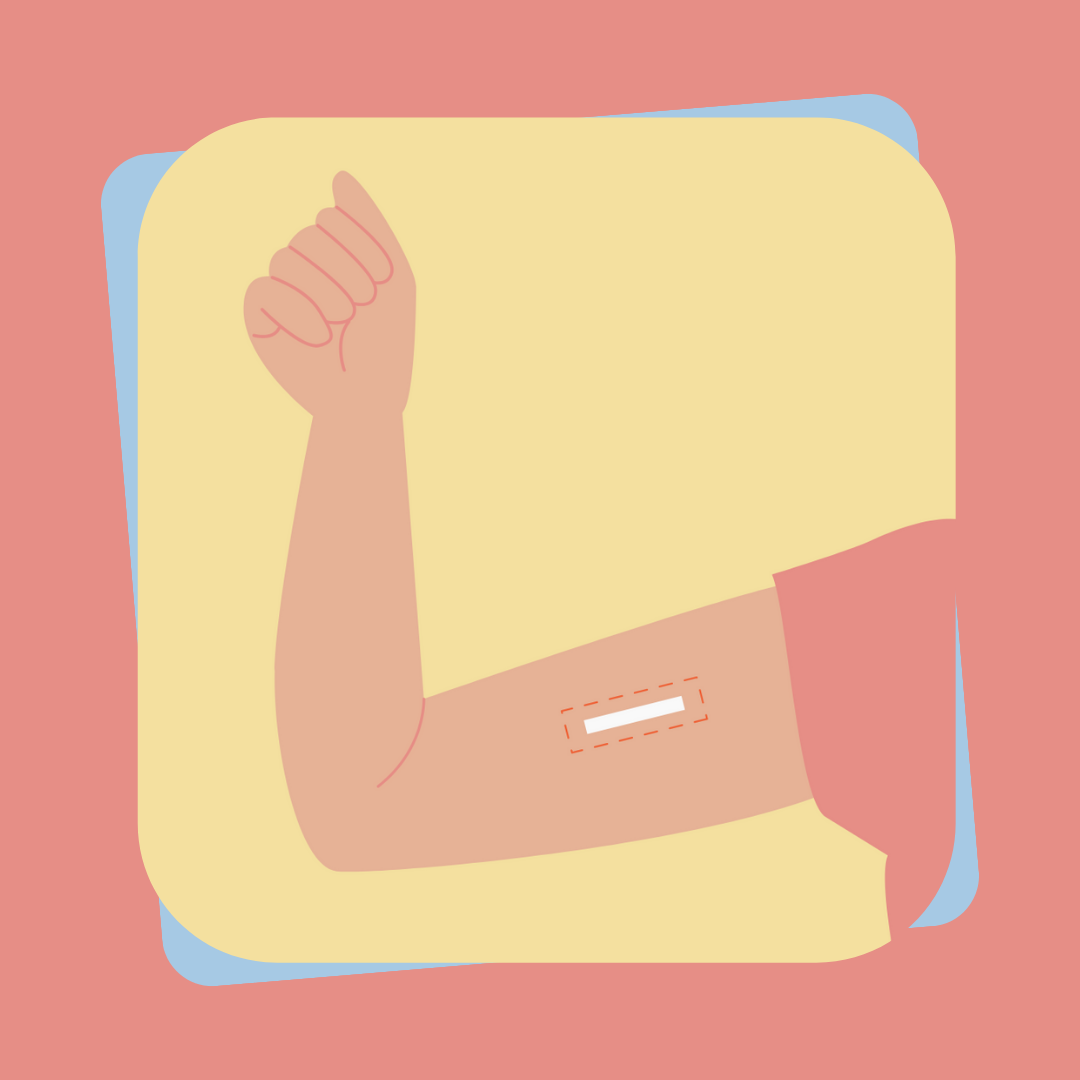
IUD (intrauterine device) or copper coil
An IUD is often known simply as "the coil" as it's a small coil put into the womb (uterus) to help prevent pregnancy.
It works by stopping implantation (when an embryo attaches to the uterus to grow).
👉 Comes in two types – one releases hormones, the other uses copper
👉 Long-lasting – needs replacing every 5 or 10 years, depending on the type 💡
👉 Inserted and removed by a doctor or nurse
The IUD is a low-maintenance option, but some people find it makes their periods heavier or more painful so it's best to discuss this with a doctor.
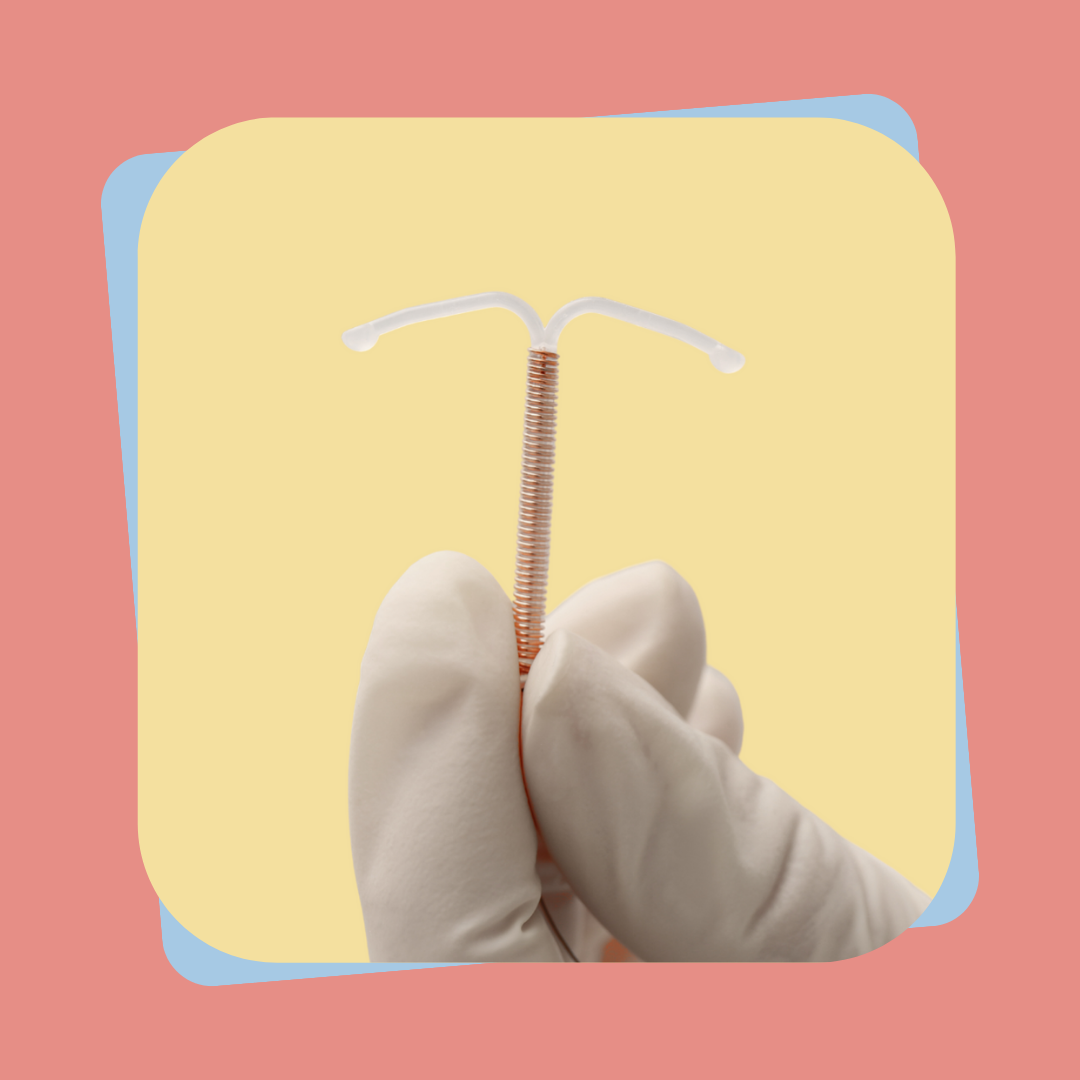
The contraceptive injection
The injection slowly releases progesterone, which prevents ovulation (the release of an egg each month).
👉 Given every 8-13 weeks, depending on the type
👉 Injected into the bottom, thigh, or upper arm
👉 Periods may take up to a year to return to normal after stopping
The injection is a low-maintenance option, but it’s important to consider how it COULD affect your cycle when stopped.

The contraceptive patch
The patch is a small sticker that releases hormones through the skin to prevent pregnancy.
👉 Lasts for 1 week before needing to be changed
👉 Can be placed on most areas of the body, except the breasts or on sensitive/irritated skin
👉 Must be applied to clean skin where it won’t rub off
The patch is a convenient option, but it’s important to use it correctly for it to be effective.

Vaginal rings
The vaginal ring is a small silicone ring that releases hormones to prevent pregnancy.
👉 Lasts for 1 month before needing to be changed
👉 Worn inside the vagina, where it slowly releases hormones
👉 Often not used correctly, so it’s recommended to use alongside spermicide (a chemical that kills sperm)
The vaginal ring is a low-maintenance option, but it’s important to use it properly.
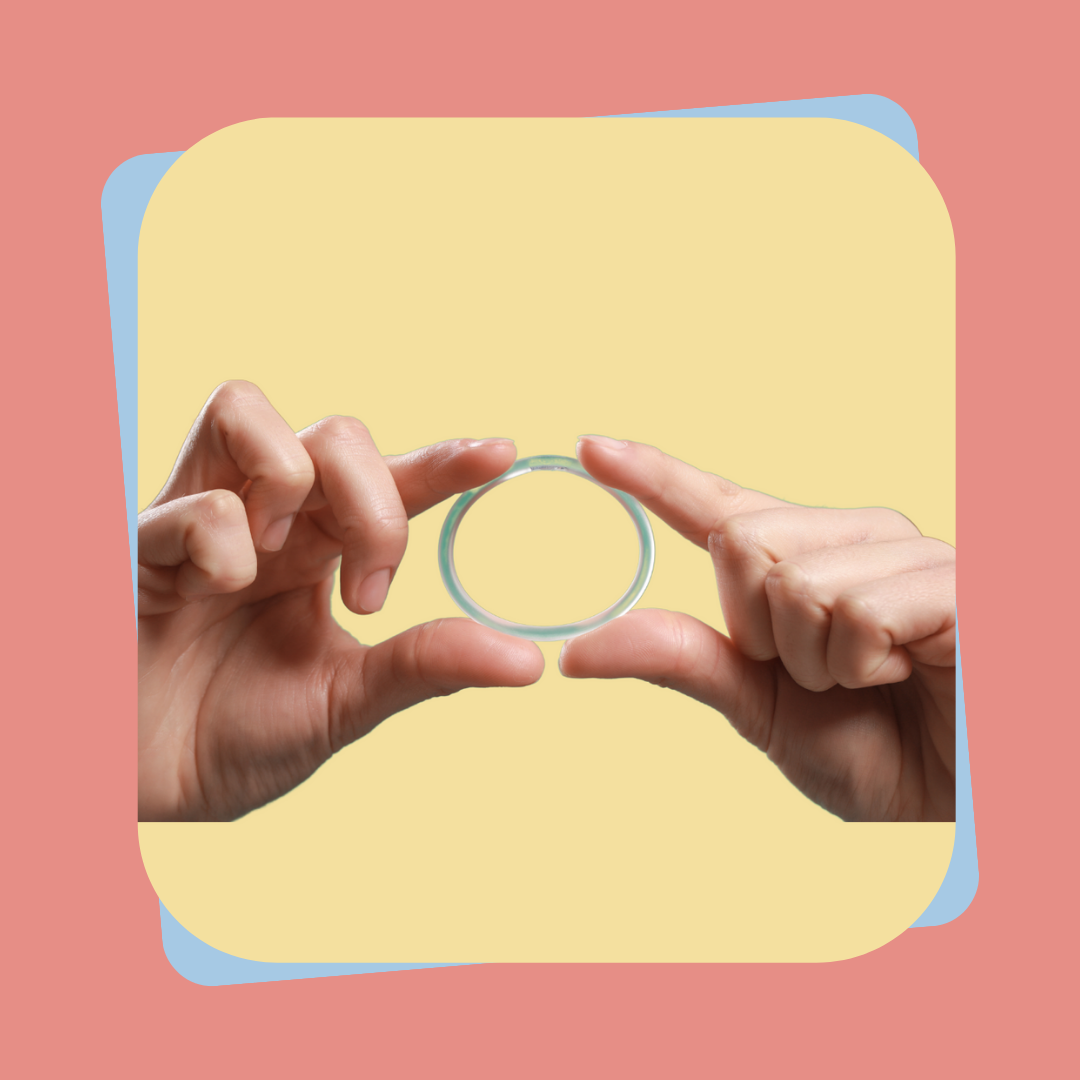
Diaphragms
A diaphragm (also called a ‘cap’) is a thin silicone dome inserted into the vagina before sex to prevent pregnancy.
👉 Acts as a barrier
👉 Often used incorrectly, so it’s recommended to use with spermicide
👉 Must be inserted before sex, not after
Diaphragms can be a good option for non-hormonal contraception, but they need to be used properly.
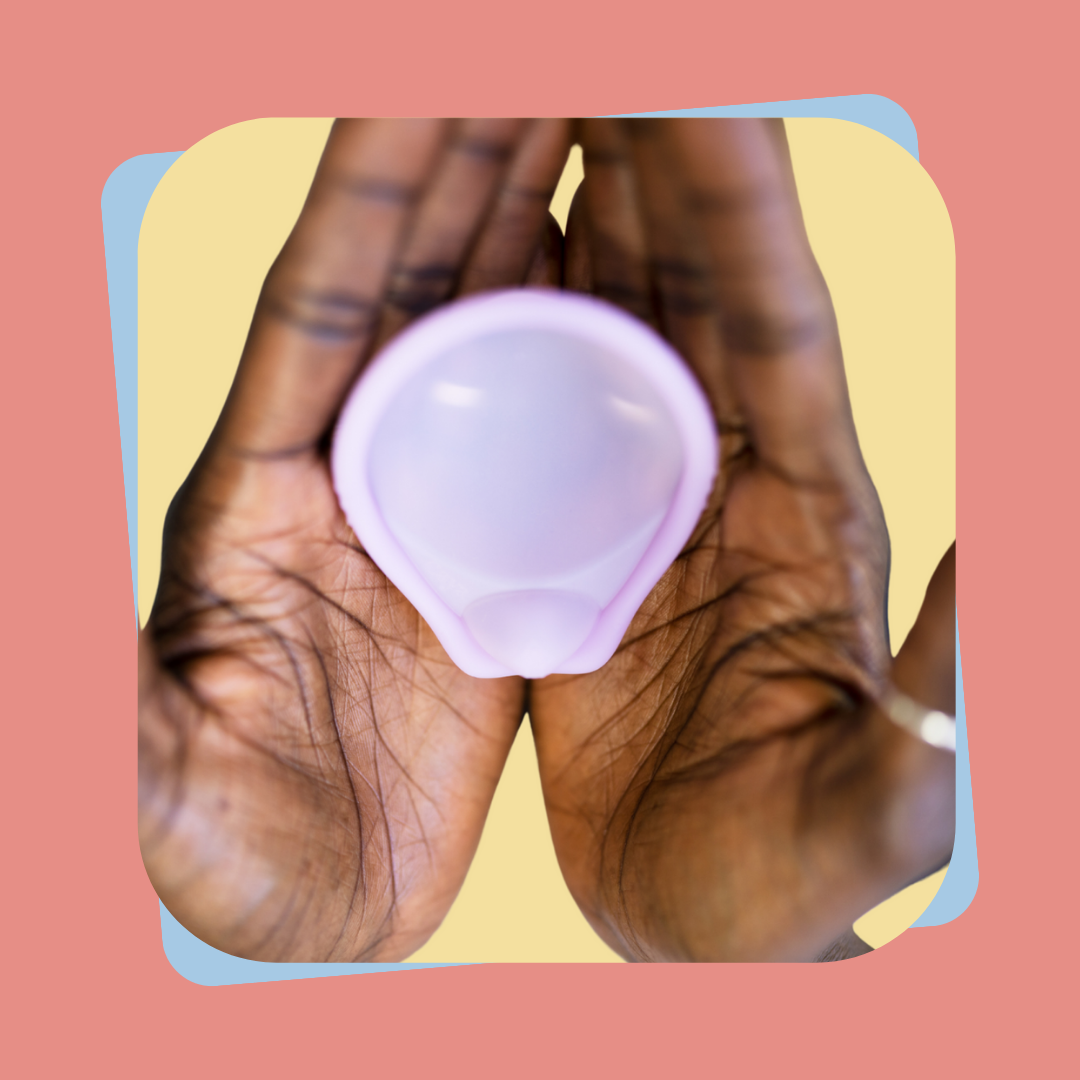
Contraception isn’t one-size-fits-all
Whichever method of contraception you use – or are thinking about trying – it’s all about finding what works best for you.
There’s no one-size-fits-all option, and it’s okay if your needs change over time.
If you’re looking to start or switch contraception, visiting a doctor or sexual health clinic can help you explore your options.
Ask as many questions as you need – this is your body, and you deserve to feel confident and in control of your choices ✨
How we created this article:
luna's team of experts comprises GPs, Dermatologists, Safeguarding Leads and Junior Doctors as well as Medical Students with specialised interests in paediatric care, mental health and gynaecology. All articles are created by experts, and reviewed by a member of luna's senior review team.
Sources:
Kids Health "About birth control" | Accessed 12.02.25
https://kidshealth.org/en/teens/contraception.html#catcontraceptionNHS "Contraception" | Accessed 12.02.25
https://www.nhs.uk/conditions/contraception/